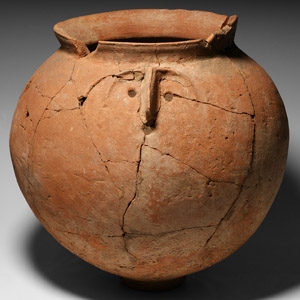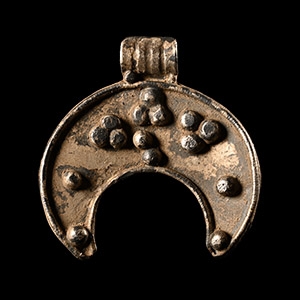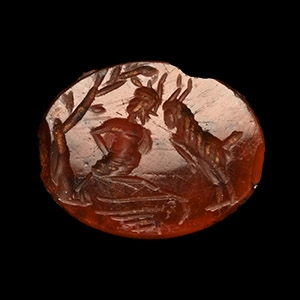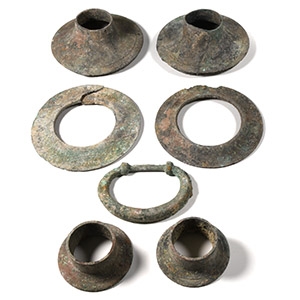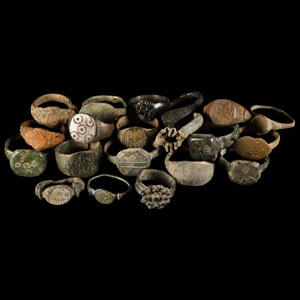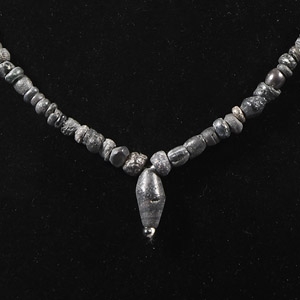Home > Auctions > 23 - 27 May 2023
Ancient Art, Antiquities, Natural History & Coins
Auction Highlights:
Ex property of a European lady living in London; from her father's family collection formed before 1978.
Ex Cambridgeshire, UK, collection, 1980s.
Cf. Heeren, S. & van der Feijst, L., Fibulae uit de Lage Landen. Beschrijving, Analyse en Interpretatie van een Archeologische Vondstcategorie, Amersfoort, 2017, item NL-0434-16a-442, for type.
Acquired 1980-2015.
Ex Abelita family collection.
Acquired 1960s-1990s.
Late Alison Barker collection, a retired London barrister.
Cf. Colchester Museum, Roman face pots, types associated with military cremations, COLEM:JOS.817, COLEM:2001.18.125 & COLEM:1923.4595; cf. The British Museum, museum number 1927,0607.2; cf. The Museum of Art, Budapest, Inv. no. 65.91.A, dated 1st-2nd century A.D.; cf. The Museum of London, id. BAA87[187]<228>, dated 2nd century A.D.
Cremation was the usual burial practice in early Roman Britain and whilst it was common for larger ceramic or glass domestic vessels to be reused as cinerary urns, this particular type was created specifically for the purpose and was strongly associated with military contexts in Britain. After death, an individual would have been cremated on a pyre, the ashes gathered once the fire had gone out, and finally placed into the pot. The pot may then have been placed into a small 'tile tomb' buried beneath the ground. The face clearly has symbolic meaning; it may represent the deceased or a god, or may have served an apotropaic function, intended to ward-off evil spirits. The exact meaning of the face would have been clearer when the vessel was in situ alongside other associated burial goods. Although there are similarities in style across the known sample of Roman face pots, each is unique in some way. Face pot finds are concentrated in Colchester in Britain, suggesting a military association, since Camulodunum, 'The 'Fortress of the War God Camulos', was the capital of Roman Britain and Britain's first city. A more robust military connection was established by the archaeologist Gillian Braithwaite, whose survey of thousands of face pot sherds demonstrated that their occurrence spread rapidly though the Roman Empire, from the Black Sea, to Spain, the Mediterranean and Scotland. Braithwaite was able to link the pots to the Roman army and thus explain this phenomenon; as the units moved from province to province, face pots occurred in that region for the first time. The frequency of complete face pots suggests their use as cremation urns.
Acquired on the London art market, 1980s-1990s.
Acquired 1970-2010.
From the collection of a late Japanese gentleman.
Acquired 1990s-early 2000s.
East Anglian private collection.
Acquired on the German art market around 2000.
From the collection of a Surrey, UK, gentleman.
Acquired on the EU art market around 2000.
From the collection of a North American gentleman.
Cf. Ruseva-Slokoska, L., Roman Jewellery, Sofia, 1991, item 196, for type.
Ex W.J. collection, 1990s.
Ex W.J. collection, 1990s.
Acquired on the London art market, 1980s-1990s.
Cf. Ruseva-Slokoska, L., Roman Jewellery, Sofia, 1991, item 240, for type.
397 - 408 of 2508 LOTS

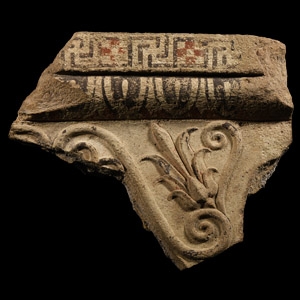
.jpg)


.jpg)
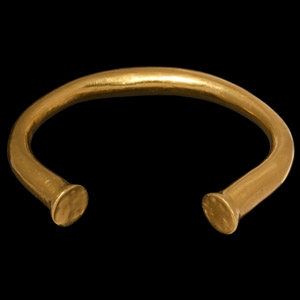
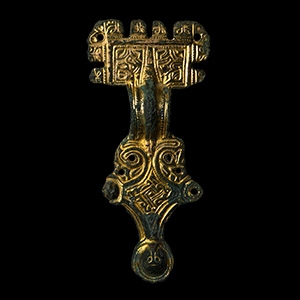

.jpg)
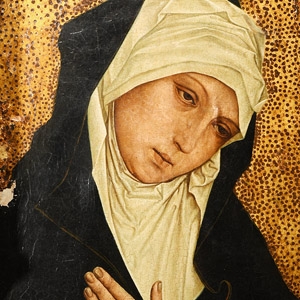

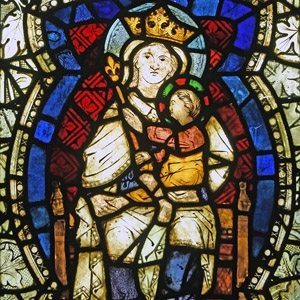
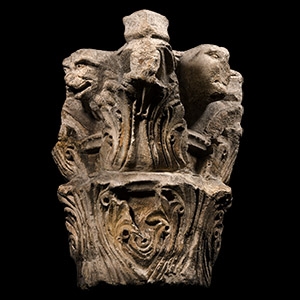
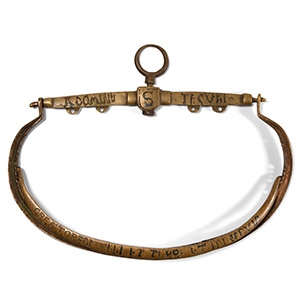
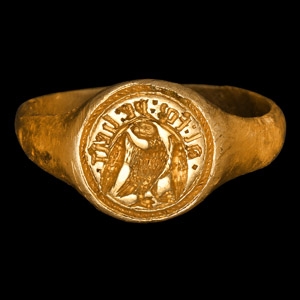
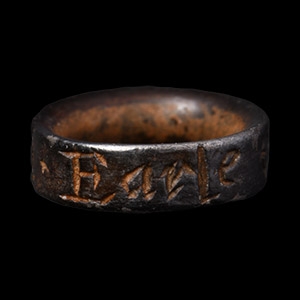
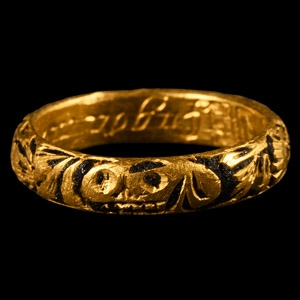
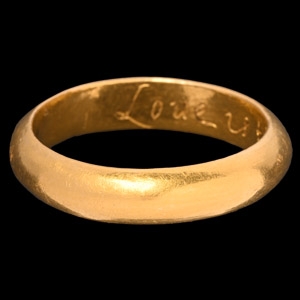
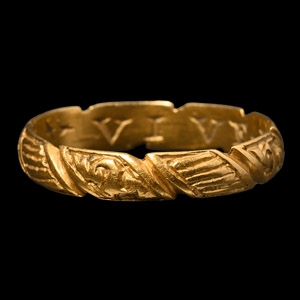
![English Milled Coins - George VI - 1937 - Cased RM Proof Coronation Gold Set [4] English Milled Coins - George VI - 1937 - Cased RM Proof Coronation Gold Set [4]](https://timelineauctions.com/upload/images/items/small/203351-s(2).jpg)
.jpg)


